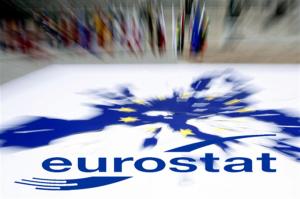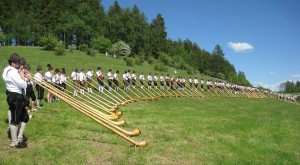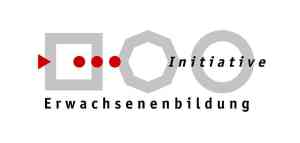
Preliminary results from the 2016 European Adult Education Survey (AES) suggest that participation across most of Europe is rising. I’ve already taken a look at the figures for Austria, which show a surge in participation following rthe adoption of a national policy for lifelong learning in 2011. But the figures for the UK are equally striking: if the AES is to be believed, participation in the UK rose from 35.8% in 2011 to 52.1% in 2016.
As Tom Schuller pointed out in a comment on my post, the UK’s performance is something of a puzzle. Recent years have seen significant cutbacks in all forms of public adult education provision in all four UK nations. The Learning and Work Institute, which monitors participation rates over time, last year described the continuing falls in participation in all forms of publicly funded adult learning as ‘disastrous’. So what might explain the UK’s strong showing in AES?
First, the AES is confined to adults aged 25-64; the European Commission considers this group a priority because it is of prime standard working age. It is likely, in my view, that cuts in publicly funded adult education impact most heavily on the retired, who do not have access to workplace learning.
Second, the AES is a household survey and covers all participation in the twelve months prior to interview. By contrast, the European Labour Force Survey is a workplace survey which covers training in the previous four weeks. According to the LFS, training participation in the UK fell from 20.5% in 2011 to 18.8% in 2016 (though the LFS shows an even sharper fall between 2010 and 2011).
Third, the AES divides adult learning into ‘formal’ and ‘non-formal’. Its definitions of these terms follows the UNESCO International Standard Classification of Education (ISCED). Formal education and training comprise ‘education that is institutionalised, intentional and planned through public organisations and recognised private bodies and – in their totality – constitute the formal education system of a country’, and which is ‘recognised as such by the relevant national education authorities’.
Non-formal education ‘may include for example learning events (activities) that occur in the family, in the work place, and in the daily life of every person, on a self-directed, family-directed or socially-directed basis’, and ‘may cover educational programmes to impart adult literacy, life-skills, work-skills, and general culture’.
In the case of the UK, the AES found a huge rise in participation in non-formal education – from 24.3% to 47.5% between 2011 and 2016; at the same time, participation in formal ecucation and training fell, from 14.8% to 11.9%. In other words, the UK rise in overall participation is due entirely to growth in non-formal learning rather than formal education and training. The Survey also suggests that the growth was particularly strng in job-related non-formal education and training, while non-job-related participation showed a small decline.
This leads me to wonder whether what we are witnessing in the UK is a growth in overall participation rates, combined with a fall in the quality and depth (and cost) of activities. The AES offers some support for this hypothesis, in that it shows a clear drop in the duration of learning: the average time sent by UK participants overall fell from 167 hours in 2011 to 121 hours in 2016. The fall was particlarly marked in the average time spent by participants in formal education and training.
So perhaps an apparent growth in UK participation doesn’t translate simply into more learning going on, but rather a redistribution of opportunity – and thinning of resources.
Any other suggestions out there? Am I daft in ignoring the possibility that AES has got it right, and against all expectations the UK is experiencing a lifelong learning renaissance? Or are the survey results just a blip?
Incidentally, in case you’re wondering, the UK’s participation in the AES doesn’t necessarily end with Brexit. Non-EU member states taking part include Norway, Serbia, Switzerland and Turkey. Brexit will complicate matters, though: as members of a federal state, it will probably fall to each individual national government – which is where responsibility for education policy lies – to decide whether to continue co-funding AES in the future.


